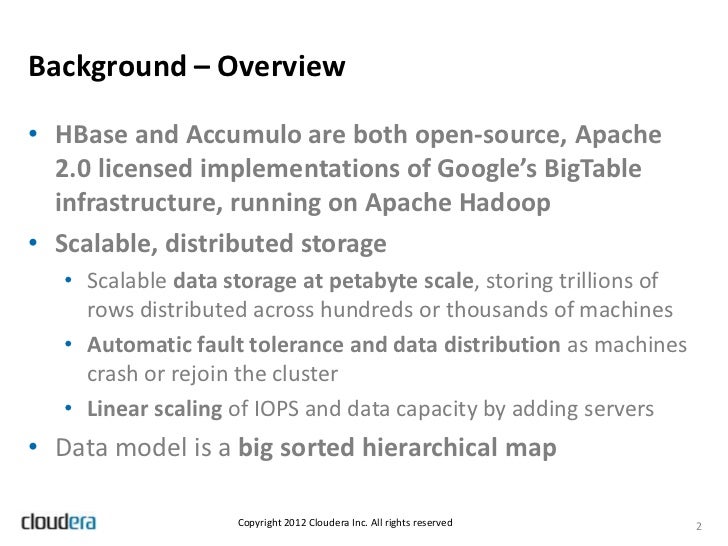Data Warehousing Using The Walmart Model Pdf22mis
Analytics Adoption Model. The data in a data warehouse comes from multiple source systems. Thus was born the Wal-Mart data warehouse. Data Warehousing: Using the Wal-Mart Model A real-world look at how Wal-Mart developed and uses its massive data warehouse. Learn more about Data Warehousing: Using.

The Semantic Web envisions a World Wide Web in which data is described with rich semantics and applications can pose complex queries. To this point, researchers have defined new languages for specifying meanings for concepts and developed techniques for reasoning about them, using RDF as the data model.
To flourish, the Semantic Web needs to be able to accommodate the huge amounts of existing data and the applications operating on them. To achieve this, we are faced with two problems. First, most of the world's data is available not in RDF but in XML; XML and the applications consuming it rely not only on the domain structure of the data, but also on its document structure. Hence, to provide interoperability between such sources, we must map between both their domain structures and their document structures. Second, data management practitioners often prefer to exchange data through local point-to-point data translations, rather than mapping to common mediated schemas or ontologies. We analyze the effect of Wal-Mart’s entry into the grocery market using a unique store-level price panel data set. We use OLS and two IV specifications to esti-mate the effect of Wal-Mart’s entry on competitors ’ prices of 24 grocery items across several categories.
Wal-Mart’s price advantage over competitors for these products averages approximately 10%. On average, competitors ’ response to en-try by a Wal-Mart Supercenter is a price reduction of 1–1.2%, mostly due to smaller-scale competitors; the response of the “Big Three ” supermarket chains (Albertson’s, Safeway, and Kroger) is less than half that size. We confirm our results using a falsification exercise, in which we test for Wal-Mart’s effect on prices of services that it does not provide, such as movie tickets and dry cleaning services. Building a data warehouse is a very challenging issue because compared to software engineering it is quite a young discipline and does not yet offer well-established strategies and techniques for the development process. Current data warehouse development methods can fall within three basic groups: data-driven, goal-driven and user-driven. All three development approaches have been applied to the Process Warehouse that is used as the foundation of a process-oriented decision support system, which aims to analyse and improve business processes continuously. Edwin Louis Cole Pdf Reader.

In this paper we evaluate all three development methodologies by various assessment criteria. The aim is to establish a link between the methodology and the requirement domain. The DEPOCEN WORKING PAPER SERIES disseminates research findings and promotes scholar exchanges in all branches of economic studies, with a special emphasis on Vietnam. The views and interpretations expressed in the paper are those of the author(s) and do not necessarily represent the views and policies of the DEPOCEN or its Management Board. The DEPOCEN does not guarantee the accuracy of findings, interpretations, and data associated with the paper, and accepts no responsibility whatsoever for any consequences of their use. The author(s) remains the copyright owner. The case examines a project between a leading European retailer, Kaufhof Department Stores, and fashion merchandise manufacturer Gerry Weber utilizing RFID (Radio Frequency Identification).